Unraveling the Distinction: Fish Skin and Fish Scales
Introduction
In the culinary and scientific realms, the debate over the dissimilarity between fish skin and fish scales persists. This article aims to provide a definitive guide, shedding light on the nuances that differentiate these two elements. Understanding these distinctions is crucial, especially for those exploring the culinary landscape or delving into ichthyology.
Fish Skin: A Culinary Marvel
Composition and Texture
Fish skin, a culinary delicacy, is the outer layer covering the fish fillet. Composed mainly of collagen, it boasts a unique texture that transforms when subjected to various cooking methods. Whether crisped to perfection or delicately pan-seared, fish skin adds a layer of complexity to dishes.
Culinary Applications
1. Crispy Delights
Fish skin, when properly prepared, yields a crispy texture that elevates the overall gastronomic experience. It serves as a delectable accompaniment to fish tacos, salads, or even as a standalone snack.
2. Flavor Infusion
Unlike fish scales, the skin absorbs flavors during cooking, making it an ideal canvas for marinades and seasonings. This ability to enhance taste sets fish skin apart in the culinary landscape.
Fish Scales: Nature’s Armor
Structure and Function
Fish scales, on the other hand, serve as a protective layer covering the entirety of a fish’s body. Structured like overlapping tiles, scales safeguard the fish from external threats, contributing to its hydrodynamics and overall survival.
Ichthyological Significance
1. Species Identification
The morphology of fish scales is species-specific, aiding ichthyologists in identifying and classifying different fish species. This characteristic makes scales invaluable in the field of marine biology.
2. Adaptations for Survival
Evolution has fine-tuned the scale structure, providing fish with adaptability to their environments. Some species boast scales with reflective properties, camouflaging them from predators, while others have specialized scales for increased mobility.
Clarifying Misconceptions
Myth: Fish Skin Equals Scales
One common misconception is equating fish skin to scales. To clarify, not all fish skins have visible scales, and vice versa. The correlation is not universal, and understanding the unique characteristics of each is pivotal for accurate culinary and scientific discourse.
Conclusion
In the dynamic interplay between fish skin and fish scales, culinary enthusiasts and scientists alike must appreciate the distinctions. Fish skin adds gastronomic allure, enhancing dishes with its versatile texture and flavor-absorbing capabilities. On the other hand, fish scales stand as a testament to nature’s ingenious design, offering protection and insights into the diverse world of aquatic life.
See more products about dried fish skin and dried fish scales for export in the Vietnamese market

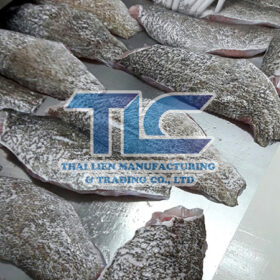
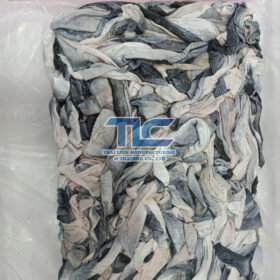

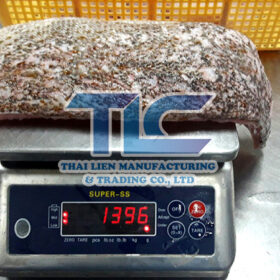
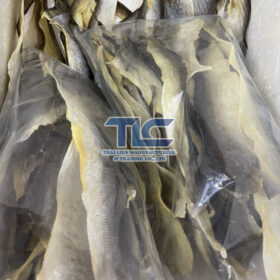
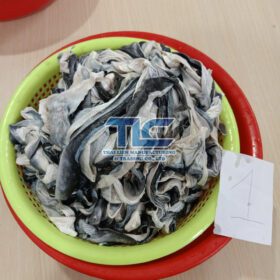

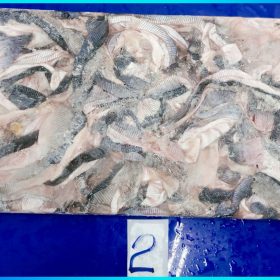

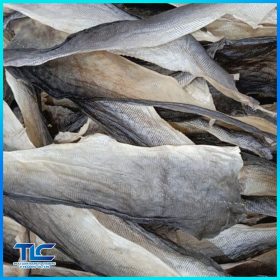


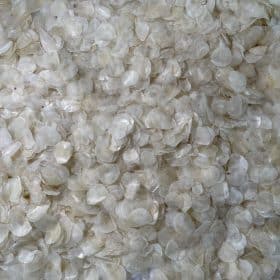

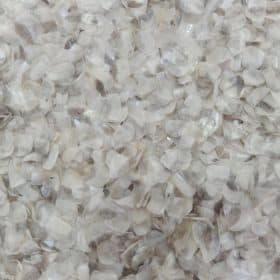
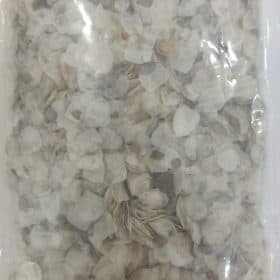
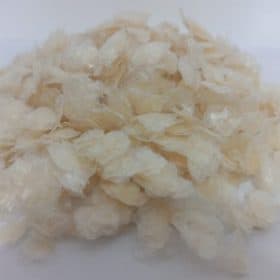




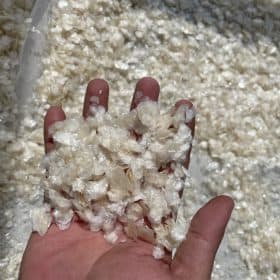

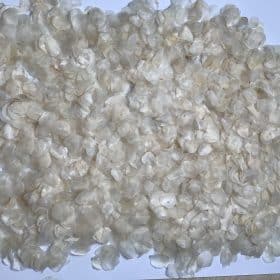



Every time I read a new post, I feel like I’ve learned something valuable or gained a new perspective. Thank you for consistently putting out such great content!